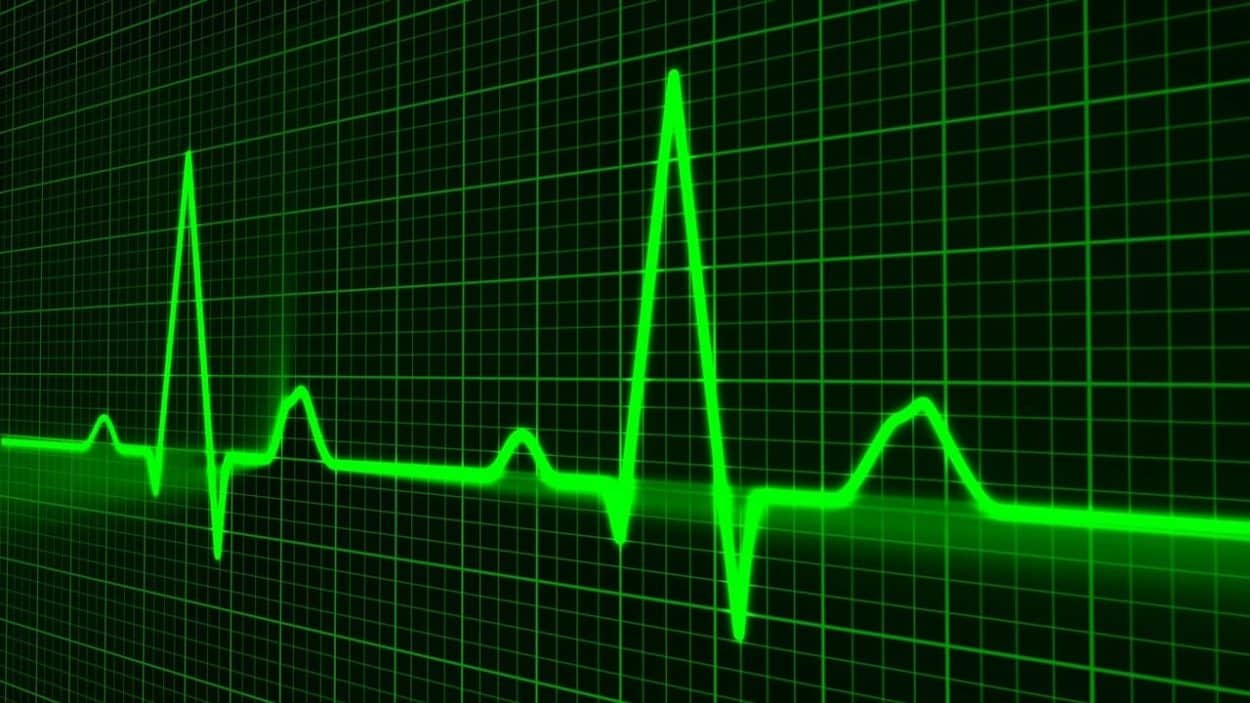Health Savings Accounts, or HSAs, are a hidden investment vehicle too good to pass up. Once you understand how they work, you’ll probably think so, too.
In recent years, healthcare costs have been on the rise, placing a heavy burden on individuals and families. To address this issue, Health Savings Accounts (HSAs) have emerged as a popular tool to help individuals save money for medical expenses while providing them with greater control and flexibility over their healthcare choices.
In this article, let’s discuss the key features and benefits of HSAs, highlighting their potential to empower individuals in managing their healthcare needs.
What Is A Health Savings Account?

A Health Savings Account is a tax-advantaged savings account designed to help individuals with high-deductible health plans (HDHPs) set aside funds to cover qualified medical expenses.
These accounts offer a triple-tax advantage, meaning contributions are tax-deductible, the interest or investment earnings grow tax-free, and withdrawals for qualified medical expenses are tax-free.
Key Features and Benefits
- Tax Advantages: One of the main advantages of HSAs is the tax benefits they offer. Contributions to HSAs can be deducted from your taxable income, reducing your overall tax liability. You can use Taxcaster from TurboTax to get a better idea of just how much your taxable income can benefit. Furthermore, the interest or investment earnings on the HSA balance grow tax-free, allowing the account to accumulate funds over time.
- Greater Control: Unlike flexible spending accounts (FSAs), which have a “use it or lose it” policy each year, HSAs have no such restrictions. The funds in an HSA roll over from year to year, allowing individuals to build up a substantial nest egg for future medical expenses.
- Portability: HSAs are owned by the individual, not the employer, which means that if you change jobs or retire, you can take your HSA with you. This portability ensures that you maintain control over your funds and can continue using them for qualified medical expenses throughout your life.
- Wide Range of Qualified Expenses: HSAs can be used to pay for a broad array of medical expenses, including doctor visits, hospitalization, prescription medications, dental care, and vision care. Additionally, some alternative treatments and medical devices may also qualify.
- Investment Opportunities: Once the HSA balance reaches a certain threshold, many providers offer the option to invest the funds in various investment options, such as mutual funds or stocks. This feature can potentially help the account balance grow even faster, making HSAs a valuable tool for long-term healthcare planning.
- Preventive Care Incentives: To encourage preventive health measures, HDHPs paired with HSAs often cover certain preventive services without requiring the individual to pay the deductible. This can include services like vaccinations, screenings, and annual wellness check-ups.
- Emergency Preparedness: HSAs can be a financial safety net during unexpected medical emergencies. A well-funded HSA can ease the financial burden of high medical bills and allow individuals to focus on recovery without financial stress.
- Retirement Savings: In retirement, HSAs can be used to cover a wide range of healthcare expenses, including Medicare premiums and long-term care services. Additionally, after the age of 65, withdrawals from HSAs for non-medical expenses are treated as regular income (similar to Traditional IRAs), eliminating the 20% penalty usually associated with early withdrawals.
I need to reiterate the power of HSAs. Remember, HSAs offer unique flexibility and long-term potential. Unlike other healthcare accounts, HSAs have no use-it-or-lose-it provision, meaning any unused funds at the end of the year can roll over indefinitely, offering a compelling way to save for future medical expenses.
Furthermore, savvy investors can use HSAs as a powerful retirement savings tool.
After age 65, withdrawals from the HSA can be used for any purpose without incurring a penalty, similar to a traditional IRA. As a result, individuals can build substantial savings over time, securing their health and financial well-being during retirement.
Overall, the combination of tax advantages, flexibility, and long-term potential makes Health Savings Accounts a compelling investment option for those looking to build a secure financial future while maintaining control over their healthcare expenses.
HSA Eligibility and Contribution Limits
To open an HSA, individuals must be covered by a qualified high-deductible health plan (HDHP).
In 2023, the minimum deductible for self-only coverage is $1,400, and for family coverage, it is $2,800. The maximum out-of-pocket expenses for HDHPs in 2023 are $7,050 for self-only coverage and $14,100 for family coverage.
As for contribution limits, in 2023, individuals can contribute up to $3,650, while families can contribute up to $7,300 annually to their HSAs.
For more on Health Savings Account eligibility, check out the official Healthcare.gov HSA site.
Individuals aged 55 or older can make an additional catch-up contribution of $1,000 annually.
Health Savings Accounts have become an indispensable tool for many individuals seeking to take control of their healthcare expenses. With their tax advantages, portability, investment opportunities, and flexibility in covering medical costs, HSAs offer a unique opportunity to plan for current and future healthcare needs.
As the healthcare landscape continues to evolve, HSAs will likely play an increasingly vital role in empowering individuals to make informed decisions and achieve better financial security and well-being.



